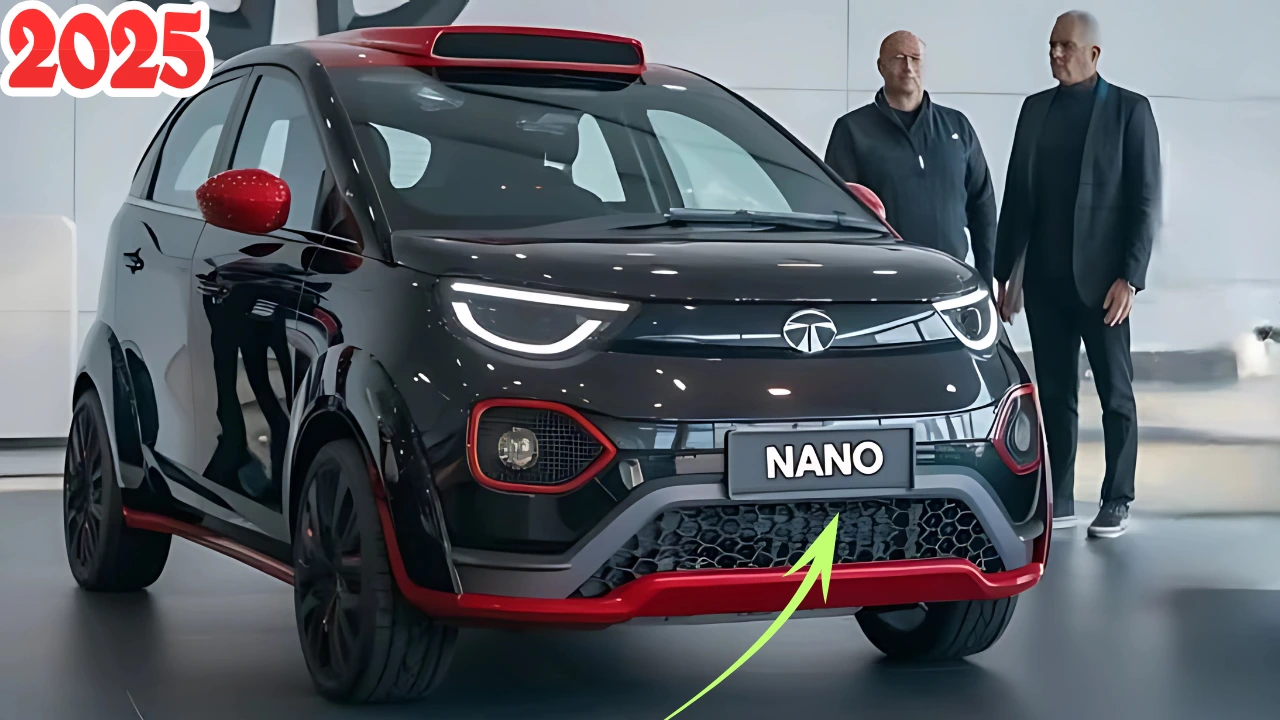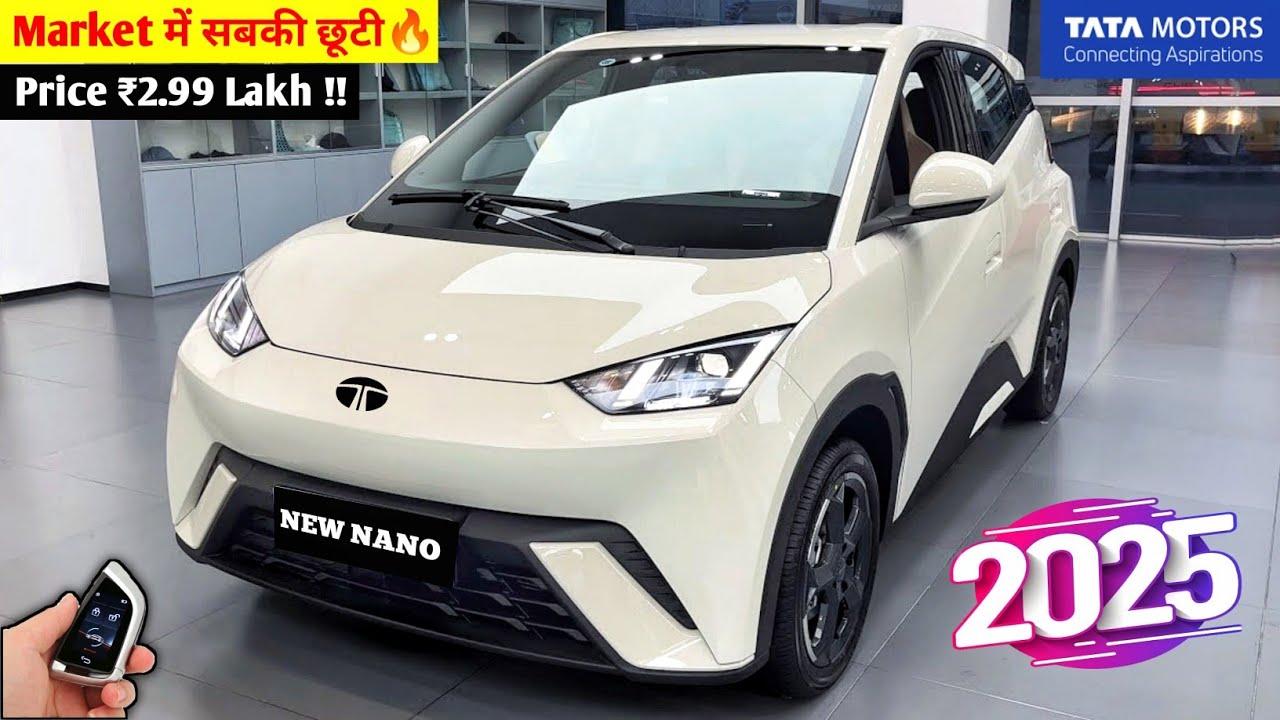The Tata Nano gained fame as an affordable, compact car, ideal for families aspiring to own their first four-wheeler. Now, with growing concerns about pollution and the rising popularity of electric vehicles, the idea of a Tata Nano EV is generating a lot of excitement. Let’s dive into the details.
What is Tata Nano EV?
The Tata Nano EV is basically the electric version of the original Nano. It’s built to be eco-friendly, budget-friendly, and great for daily use. While Tata Motors hasn’t officially launched it yet, test models have been seen on Indian roads, and that’s got car fans pretty excited.

Key Features of Tata Nano EV
- Eco-Friendly
The Nano EV will run on electricity instead of petrol, which means less pollution and a cleaner environment for everyone. - Compact Design
Just like the old Nano, the Nano EV will be small and super easy to park, even in tight spots. It’s perfect for zipping around the city! - Affordability
Tata Motors plans to keep the Nano EV affordable, so more people can afford an electric car and join the green movement! - Battery & Range
The Nano EV is likely to come with a lithium-ion battery that can run about 150-200 km on a single charge. That’s perfect for your daily city drives! - Charging Options
You can charge the Nano EV at home or use fast charging when you’re in a hurry, making it super convenient for everyone!
Expected Specifications of Tata Nano EV
| Feature | Details |
|---|---|
| Battery Type | Lithium-Ion |
| Range (Per Charge) | 150-200 km |
| Charging Time | 4-6 hours (home charging) |
| Seating Capacity | 4 |
| Top Speed | Around 80-100 km/h |
| Price (Expected) | ₹4-5 Lakhs (Ex-showroom) |
Related post:
New Honda CB300R: First-Ever Cruise Bike with a Sporty Design Launched
Benefits of Tata Nano EV
- Cost-Effective
Electric cars are cheaper to run than petrol or diesel ones, so you’ll save money on every drive! - Low Maintenance
Electric cars have fewer parts that can break, so they’re easier and cheaper to maintain. - Perfect for Cities
The Nano EV is small and can turn easily, which makes it perfect for getting around busy city streets. - Government Incentives
If you buy an electric car like the Nano EV, you can save money with government discounts and tax benefits in India.
Challenges for Tata Nano EV
- Battery Costs
The battery is the costliest part of an electric car, so the Nano EV might be a bit more expensive than the old petrol Nano. - Charging Infrastructure
India is still building more charging stations, so people in smaller cities might find it harder to charge their Nano EV. - Performance Limitations
The Nano EV is made for city driving, so it might not be the best choice if you’re looking for a car with powerful performance.
Tata Nano EV: A Comparison with Competitors
| Feature | Tata Nano EV | MG Comet EV | Tata Tiago EV |
|---|---|---|---|
| Price (Approx) | ₹4-5 Lakhs | ₹7-8 Lakhs | ₹8.69-11.99 Lakhs |
| Range | 150-200 km | 230 km | 250-315 km |
| Charging Time | 4-6 hours | 7 hours (standard) | 3.6 hours (fast charge) |
FAQs About Tata Nano EV
Tata Motors has not announced a launch date yet. However, prototypes have been spotted, suggesting it could happen soon.
The expected price range is ₹4-5 lakhs, making it one of the most affordable electric cars.
The estimated range is around 150-200 km, ideal for city driving.
Yes, the Nano EV is expected to support fast charging, reducing charging time significantly.
While the Nano EV is designed for urban commutes, it can handle short highway trips at moderate speeds.
Conclusion
The Tata Nano EV could change the game for affordable cars in India. It’s set to be an eco-friendly and budget-friendly option for city drivers. Sure, there are some challenges, like finding enough charging stations and keeping the cost low, but it has the potential to make electric cars popular for everyone. People are excited and can’t wait for the official launch to see if it’s as good as it sounds.
Related post:
New Maruti Celerio: A Perfect Blend of Stylish Design and Outstanding Fuel Efficiency

